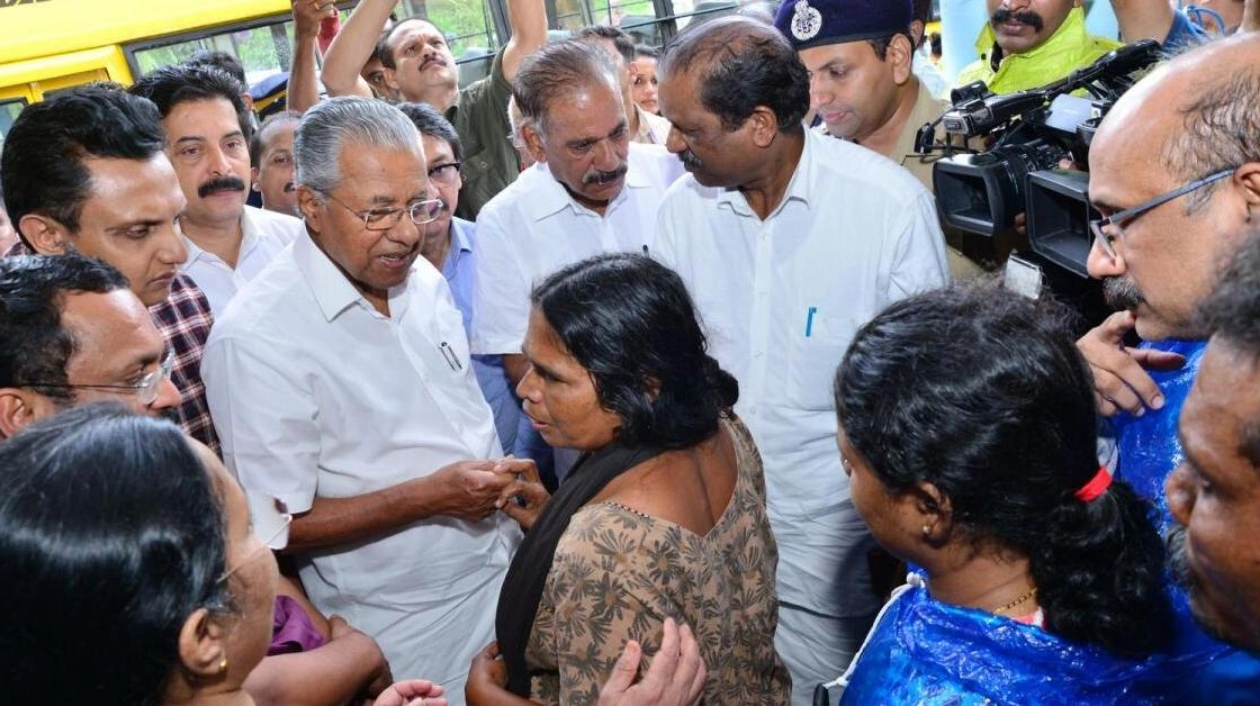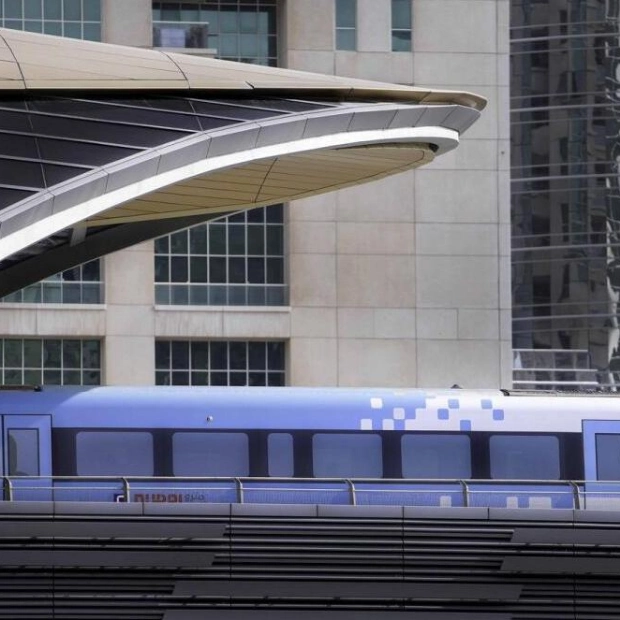UAE expatriates are set to play a pivotal role in the reconstruction of Wayanad district in the southern Indian state of Kerala, following the catastrophic floods and landslides that claimed hundreds of lives and buried vast areas in debris, according to Kerala's Chief Minister (CM).
In an exclusive interview with Khaleej Times, Pinarayi Vijayan expressed confidence that the 'brothers and sisters' in the UAE will 'take the lead in this rebuilding process,' as they have consistently done in the past. 'Expatriate Malayalis have always been at the forefront of supporting their homeland whenever Kerala faced challenges,' he noted. 'In recent years, we have witnessed an overwhelming response during cyclone Ockhi, previous floods, and the Covid-19 pandemic. Currently, expatriates and their organizations are making substantial contributions to the Chief Minister's Distress Relief Fund (CMDRF). Many have pledged to rebuild the homes of those affected.'
On July 30, Wayanad was struck by heavy rains and landslides in the early hours, resulting in one of the state's worst tragedies. According to figures from the CM's office, 231 bodies and 212 body parts were recovered, with over 100 people still unaccounted for. Last month, the state held a mass burial for unidentified bodies, followed by an interfaith prayer.
Vijayan urged travelers to continue visiting Wayanad to aid in its recovery. 'Wayanad is a breathtaking destination with lush landscapes and captivating natural beauty,' he said. 'While access to disaster-affected areas is restricted, most of Wayanad remains open to tourists. Tourism is vital for supporting the local community and sustaining the livelihoods of many residents.'
Rebuilding Wayanad will be a lengthy process, according to Vijayan. 'It will be a protracted process,' he acknowledged. 'We have the experience from the historic floods of 2018, which required the comprehensive Rebuild Kerala Initiative. It took several years to complete.'
The government is currently assessing the full extent of the damage in Wayanad. 'Once we have a complete picture, we can plan the appropriate rebuilding process,' Vijayan said. 'For now, we are preparing to construct a township with all necessary amenities, including housing, healthcare, education, sports, and recreation.'
During the current rehabilitation phase, the government's focus is on assisting survivors. Displaced families have received back-to-home kits and financial assistance, including rent, emergency aid, and unemployment benefits. Emphasis has been placed on getting displaced students back into schools. Two damaged schools have been consolidated into one institute, affecting the education of 650 students. Academic activities resumed at Meppadi Higher Secondary School on August 27. Lost certificates were reissued on an emergency basis to ensure higher education was not disrupted. Textbooks, uniforms, and kits have been provided, along with computers/laptops, bio-toilets, furniture, cooking utensils, transportation, and additional infrastructure based on actual needs.
Children were welcomed back to school with festive events typically held at the start of the academic year. Local authorities reported that all teachers received counseling to support students, many of whom lost close friends and classmates.
Vijayan emphasized the need to improve the state's weather forecast system. 'Landslide forecast systems in our country are still in their infancy,' he said. 'While landslides cannot be accurately predicted or fully prevented, their impacts can be mitigated. To achieve this, the official weather forecast system needs to be enhanced at the national level. This requires expedited research by National Nodal Agencies. This is the key lesson from this disaster.'
The state has established the Institute of Climate Change Studies for Kerala and the Climate Change Adaptation Mission to better prepare for natural disasters. 'The Kerala government has decided to focus on land use and localized community-based early warning systems,' Vijayan said. 'Community-based relief shelters will also be built in landslide-prone areas, similar to those in coastal regions.'






